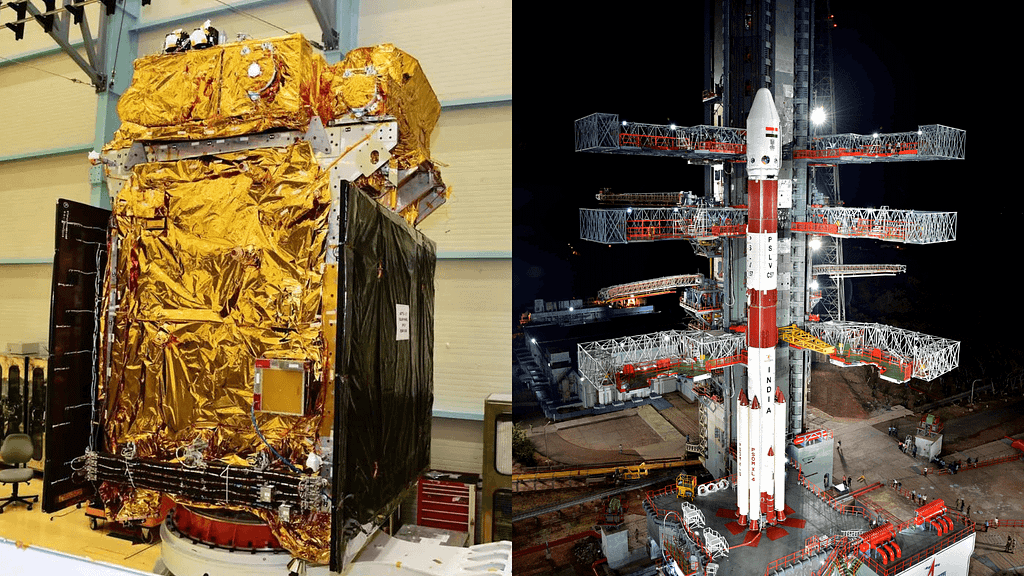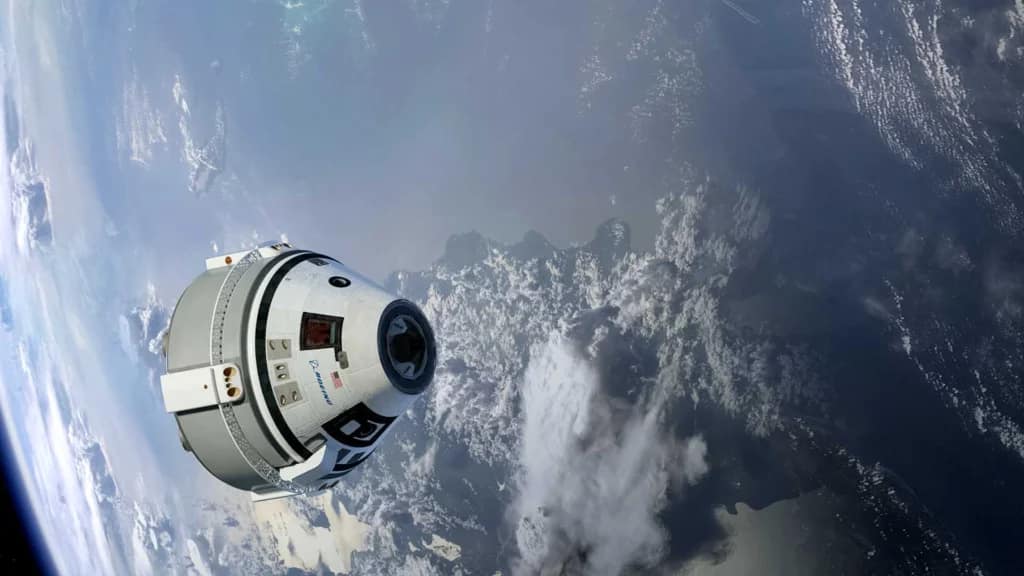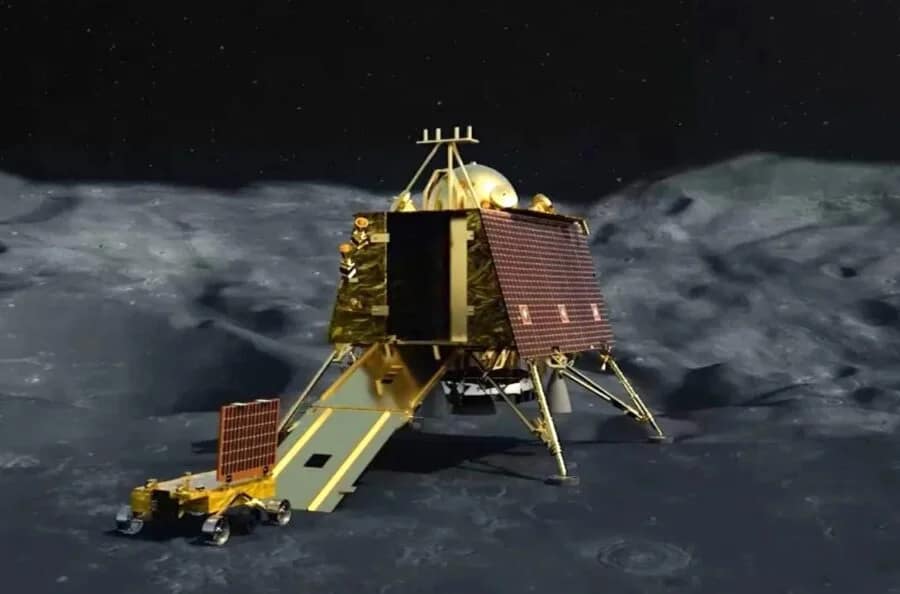India’s space agency, ISRO, has been making remarkable strides in space exploration, and after the successful Chandrayaan-3 mission, they are gearing up for their next big endeavor – the Aditya-L1 mission. In this article, we will delve into the details of the Aditya-L1 mission, its objectives, and why it is an important milestone in India’s space exploration journey.
What is Aditya-L1?
Scheduled for launch on 2nd September 2023, Aditya-L1 is set to make history as India’s first mission focused on the Sun. But what exactly is Aditya-L1, and what does the name signify? Aditya, in Sanskrit, means ‘sun,’ and ‘L1’ refers to the Lagrange point, specifically the first Lagrange point.
Before we dive into the mission’s objectives, let’s take a moment to understand Lagrange points. In the realm of space physics, these are special positions in space where the gravitational forces of two large bodies, like the Earth and the Sun, balance the centripetal force felt by a smaller object, allowing it to remain in a stable position relative to the larger bodies. There are five Lagrange points in total, but Aditya-L1 is headed to the first one, L1.
The Significance of L1 and Payloads
L1 offers a unique vantage point for observing the Sun. Positioned at this Lagrange point, Aditya-L1 will provide a continuous 24×7 view of the Sun, enabling the monitoring of solar activities. Moreover, the beauty of L1 lies in its fuel efficiency – it requires the least amount of fuel to maintain orbit, a testament to ISRO’s cost-effective approach. Aditya-L1 spacecraft is designed to provide remote observations of the solar corona and in situ observations of the solar wind at L1 (Sun-Earth Lagrangian point), which is about 1.5 million kilometers from the Earth.
Here is the payload of ISRO’s Aditya-L1 mission presented in a non-code, tabular format:
| Payload Name | Description |
|---|---|
| Visible Emission Line Coronagraph (VELC) | Observes the solar chromosphere, primarily the Hydrogen Lyman-α line. |
| Ultraviolet Imaging Telescope (UIT) | Provides images of the solar photosphere and the outermost layers of the Sun’s atmosphere in the ultraviolet range. |
| Solar Ultraviolet Imaging Telescope (SUIT) | Measures the solar ultraviolet radiation and its variations, contributing to space weather research. |
| X-ray Spectrometer (XSM) | Measures solar X-rays to understand solar flares and their impact on Earth. |
| High Energy L1 Orbiting X-ray Spectrometer (HEL1OS) | Detects solar and cosmic ray events, aiding space weather predictions. |
| Magnetometer (MAG) | Measures the strength and direction of the Sun’s magnetic field. |
Aditya-L1 boasts seven payloads, with four dedicated to studying the Sun and three focused on observing the L1 point. While a detailed breakdown of their functions is beyond the scope of this article, these payloads will collectively offer valuable insights into the Sun and L1.
Challenges of Studying the Sun
Landing on the Moon was a monumental achievement, but landing on the Sun is an entirely different challenge. The Sun’s surface temperature averages a scorching 5,500 degrees Celsius, making it an inhospitable destination. However, Aditya-L1 doesn’t need to get too close to the Sun; it will reach a distance of 1.5 million kilometers from it, covering four times the distance traveled by Chandrayaan. Remarkably, the mission’s cost, inclusive of the launch, is estimated at around 400 crores, showcasing ISRO’s commitment to cost-efficient space exploration.
Now, you might wonder why studying the Sun is so important when we can simply observe it with protective gear. Aditya-L1’s mission is not merely about looking at the Sun; it’s about uncovering some of its most intriguing mysteries.
Objective 1: Studying the Corona
The Sun’s outermost layer, the corona, is a perplexing region. Despite being farther from the core, the corona has temperatures ranging from 1 to 3 million degrees Celsius, a phenomenon known as the coronal heating problem. Scientists have various theories, but the exact cause remains a mystery.
Objective 2: Understanding Solar Storms
Solar storms are significant cosmic events that can disrupt Earth’s magnetic field and impact our technology-dependent society. Aditya-L1 will help predict these storms, potentially averting catastrophic events like the Carrington event of 1859.
Objective 3: Space Weather Forecasting
Just as ships need to predict sea weather, space missions require space weather forecasting. Given the Sun’s immense influence on our solar system, understanding phenomena like coronal mass ejections, solar flares, and ionized plasma’s impact on space is crucial for planning future space endeavors.
The Importance of Aditya-L1
While Chandrayaan-3 demonstrated India’s capability for lunar missions, Aditya-L1 marks a significant step in the nation’s space exploration journey. This mission positions India as a key player in solar research, joining other nations like the United States, Europe, China, and Russia in studying the Sun’s impact on Earth.
The Sun’s cyclical variations in solar activity, known as solar maxima and minima, have direct consequences for Earth. With India highly vulnerable to climate change, understanding these solar cycles becomes paramount. The Sun is the primary energy source for Earth, and comprehending its energy patterns can aid in our species’ progress.
ISRO’s Vision and Legacy
The Aditya-L1 mission aligns with ISRO’s visionary approach to space exploration. Dr. Vikram Sarabhai, the founding father of ISRO, envisioned using space technology to solve everyday problems. ISRO’s achievements, from communication satellites to remote sensing technology, have benefited agriculture, weather forecasting, disaster management, navigation, and more. Aditya-L1 represents a continuation of this legacy, taking India to new heights in space exploration.
In conclusion, ISRO’s Aditya-L1 mission is poised to unravel the mysteries of our Sun, predict solar storms, and enhance our understanding of space weather. This mission not only adds another feather to India’s space exploration cap but also reaffirms ISRO’s commitment to advancing technology for the betterment of society. As Aditya-L1 embarks on its journey to the Sun, it symbolizes India’s ascent in the elite club of spacefaring nations and promises to shed light on the celestial body that sustains life on Earth.




